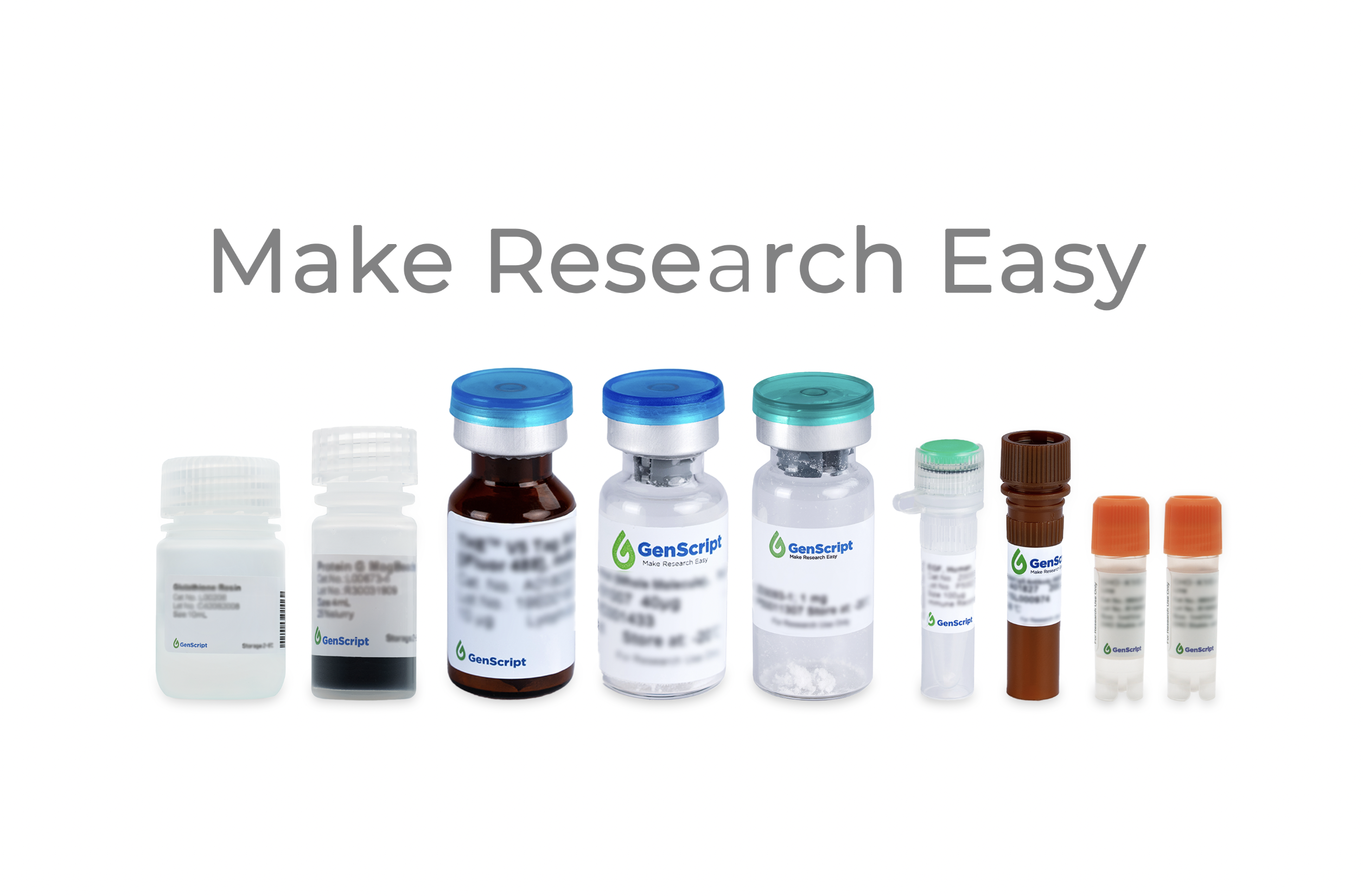GAPDH Antibody, pAb, Goat
该产品已下架。
Glyceraldehyde-3-phosphate dehydrogenase (GAPDH) is well known as one of the key enzymes involved in glycolysis. Though expressed differently in different tissues, GAPDH is thought to be a constitutively expressed housekeeping protein. For this reason, GAPDH is often used as a control in experiments quantifying specific changes in expression levels of other targets. Recent evidence suggest that mammalian GAPDH is also involved in a great number of intracellular processes, such as membrane fusion, microtubule bundling, phosphotransferase activity, nuclear RNA export, DNA replication, and DNA repair. GAPDH may also play a role in neurodegenerative pathologies such as Huntingtons and Alzheimers disease. Some physiological factors, such as hypoxia and diabetes, increase GAPDH expression in certain cell types.GenScript Goat Anti-GAPDH Polyclonal Antibody is highly purified from goat antiserum by immunoaffinity chromatography.
| A00191 | |
|
|
|
|
|
|


































